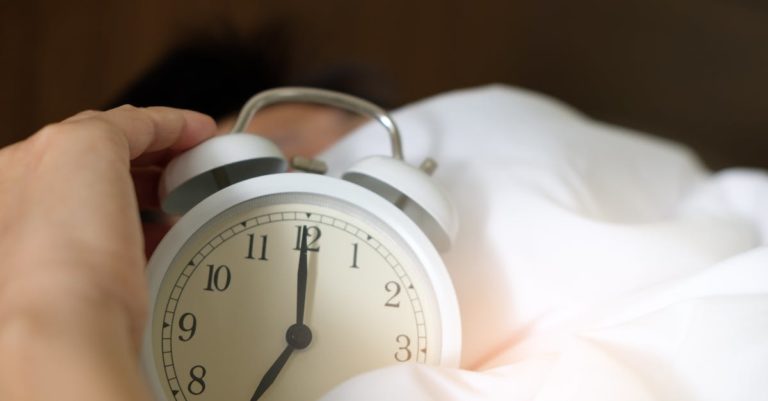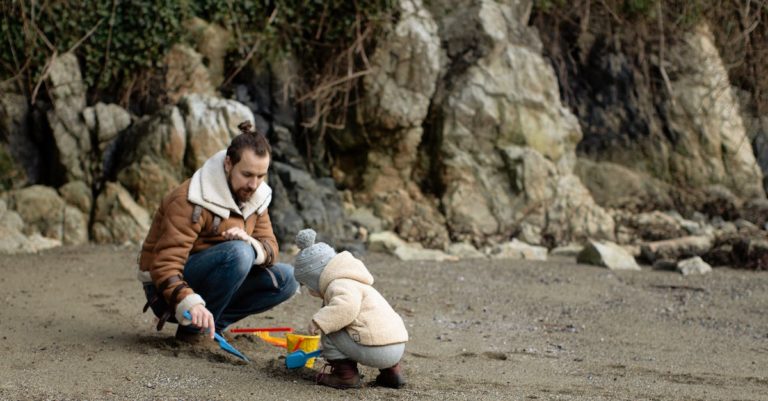Hip hop music, sometimes called urban music, is an increasingly popular genre of modern popular music developed in inner-city African American and Latino neighborhoods in the United States during the early to mid-nineties. With the use of sampling from a wide variety of musical sources, such as jazz, soul, and hip-hop recording artists gained mainstream popularity and began touring with ensembles that frequently included members from other cultures. The most prominent members of this “crews” were often teenagers who frequently dressed in hoodies and sweatpants to blend with the aesthetics of the hip hop scene. The music was often politically related and the focus was more on the social and political issues that affected black and Latino youth from different backgrounds.
Hip hop music and urban street culture came under the influence of many other cultural and political factors, such as urban crime, the AIDS epidemic, rap battles, marijuana use and abuse, as well as the end of the Jim Crow era. However, over time, hip hop and its artists have come to represent the very core essence of what the United States stood for. Many Americans began to identify with the imagery of African Americans that they found in hip-hop lyrics and recordings, as well as the violence, disrespect, and stereotypes that they found associated with the genre. In the past few decades, hip hop artists such as Ice Cube and Big Daddy Kane have been criticized by other Americans for their depiction of police officers and minorities. However, these artists have become some of the most celebrated artists in hip hop history.
The origins of hip-hop music can be traced back to the birth of the music industry itself. During the early years of the decade, rap music was largely defined by the production of crack cocaine and powder heroin. In response to the rising popularity of urban music that was characterized by its coarse and abrasive delivery, record labels began to promote rap artists who were considered to be more “street” in appearance. Two of the pioneers of this movement are Fatboy Slim and Rakim.
Crack cocaine helped to define the sound of hip hop in its early days. When it became popular, crack cocaine was often used as a mask for the drug use and criminal activities that users engaged in. Other substances soon became associated with the lifestyle that hip hop was presenting, such as the cocaine hit “911.” Over the course of the next few years, the use of drugs, especially powdered cocaine began to appear more frequently in rap songs, as well as being used as a status symbol.
By the mid-1990s, rap artists were beginning to display a sort of rebelliousness that had not been seen before in hip hop music. Numerous groups like the Beastie Boys represented the emergence of a new kind of hip hop artists who were making their statements through politically charged lyrics. In addition to these political lyrics, many of these groups were also displaying a style that was reminiscent of the urban street gangs that existed in areas such as East Los Angeles during the early 1990s. Ganging together in groups that did not necessarily have a unified musical style, these groups made music that was unique and individualistic. The end result was a music style that was both new and interesting, drawing fans in who wanted to experience something different than the typical hip hop artists.
A number of hip hop artists who are known today began to become popular around this time as well. Artists such as Juice, Akrobatics, Flavor Flav, Scarface, Eazy-E, the Fugees, Flavor Flav, and the Not So New York Crew began to make their names known by rhyming about their preference of foods. Some of these groups went on to form crews and formed what is now known as the “Gangsta” type of hip hop. One of the most famous of this type of crew was the crews that would travel across the United States to engage in illegal activities, which would include holding parties, using graffiti art to create scaring targets, shooting guns, and many other illegal activities.






